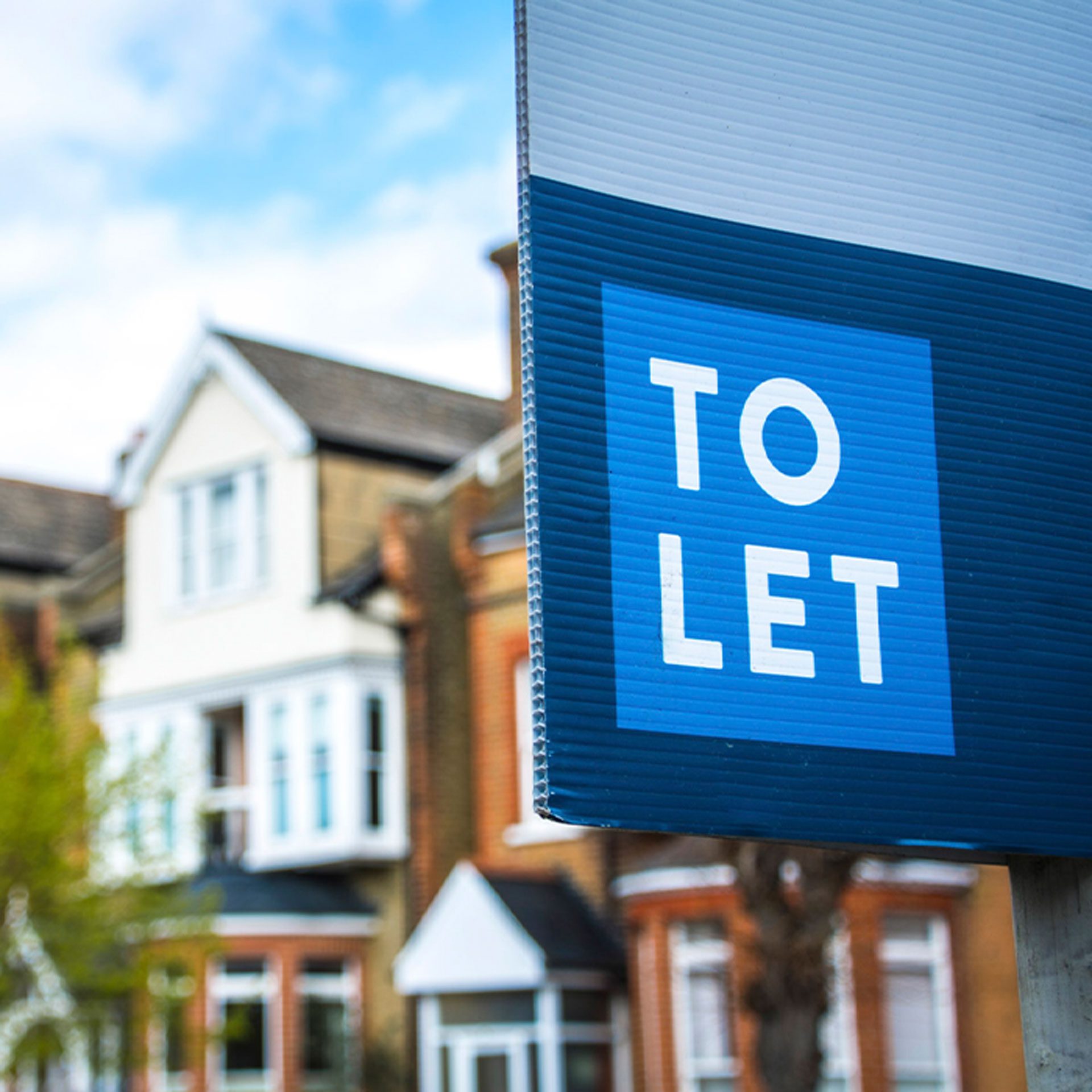
What is the Meaning of a Buy-to-Let Mortgage?
Property Investment FinancesBuy-to-let mortgages are specifically designed for investors who want to buy property to rent out to tenants. Mortgage lenders are unlikely to offer traditional residential mortgages to investors, so if you’re looking to buy a property to rent out, an investment property mortgage will usually be your main option besides buying the property outright.
Investment property mortgages are for those who want to buy a property to rent out to tenants. Experienced and beginner investors can use them, but they have more rules than traditional residential mortgages.
Learn More About Buy-to-Let Mortgages
You will need to have a sizeable deposit ready to pay. The amount of deposit you need will depend on the lender, but it could be up to 40%. The minimum deposit for a buy-to-let mortgage is usually around 20%.
Buy-to-let mortgages are similar to traditional residential mortgages, but some key differences exist.
- Firstly, most buy-to-let mortgages are interest-only. This means that you only pay the interest on the loan each month rather than paying off the capital as well. This can be a good option for investors who want to keep their cash flow free, but it does mean that you will have to repay the entire loan at the end of the mortgage term.
- Secondly, buy-to-let mortgages are usually more expensive than traditional residential mortgages. This is because they are seen as riskier investments, as there is no guarantee that tenants will pay their rent on time. Lenders, therefore, charge higher interest rates and fees on buy-to-let mortgages.
- Finally, the minimum deposit requirements for buy-to-let mortgages are usually higher than for traditional residential mortgages. This is because lenders want to ensure that investors have enough money to cover the mortgage payments in case of unexpected problems. The minimum deposit for a buy-to-let mortgage is typically 25%, but it can sometimes be higher.
Buy-to-let mortgages are typically interest-only, unlike traditional residential mortgages. This means that you only pay the interest on the original loan each month. Your payments do not reduce the overall amount you owe, the capital debt, unless you make extra payments or take out a repayment mortgage.
By the end of your loan, you will have to pay off the debt. You can either make payments throughout the period to reduce this cost, sell the property at the end, or take out another mortgage instead of selling.
Investment property mortgages are also more expensive than residential mortgages. They require larger deposits, higher interest rates, and more stamp duty tax. The minimum deposit for a buy-to-let mortgage is typically 25%, but it can be up to 40%. Investors will also have to pay an additional 3% stamp duty on properties that aren’t their primary home.
The amount of money you can borrow for a buy-to-let mortgage depends on the amount of rental income you expect to earn each month. Most mortgage lenders will require your rental income to be around 25-30% higher than the monthly interest payments.
In order to understand how much rent you can charge tenants, it is essential to research the area you are looking to invest in. The Homelet Rental Index shows that the average rental value in the UK is £1,243 per month, which is an increase of 10.3% compared to 12 months prior.
However, rental costs vary depending on the area you invest in. Based on the latest data, the average rent in London is around £4,558 per month; for Manchester, it is £1,708 per month; and for Liverpool, it is around £1,061 per month.
